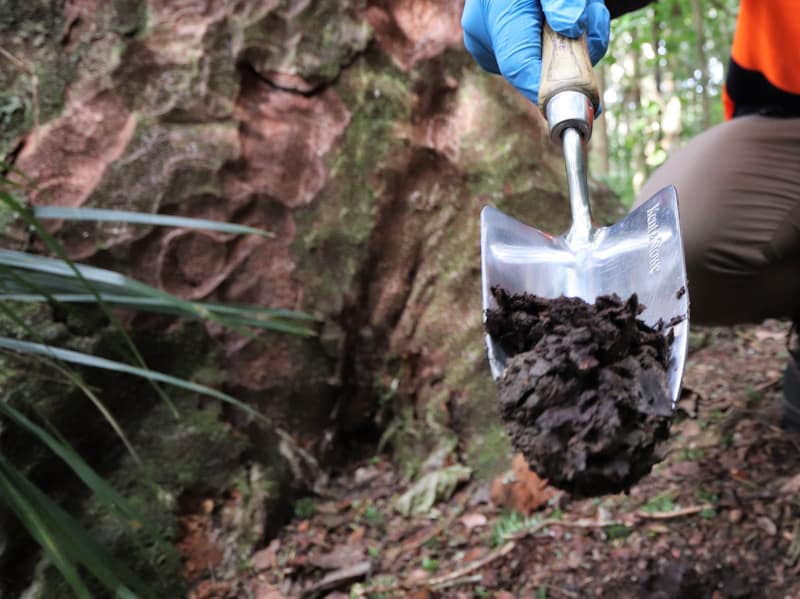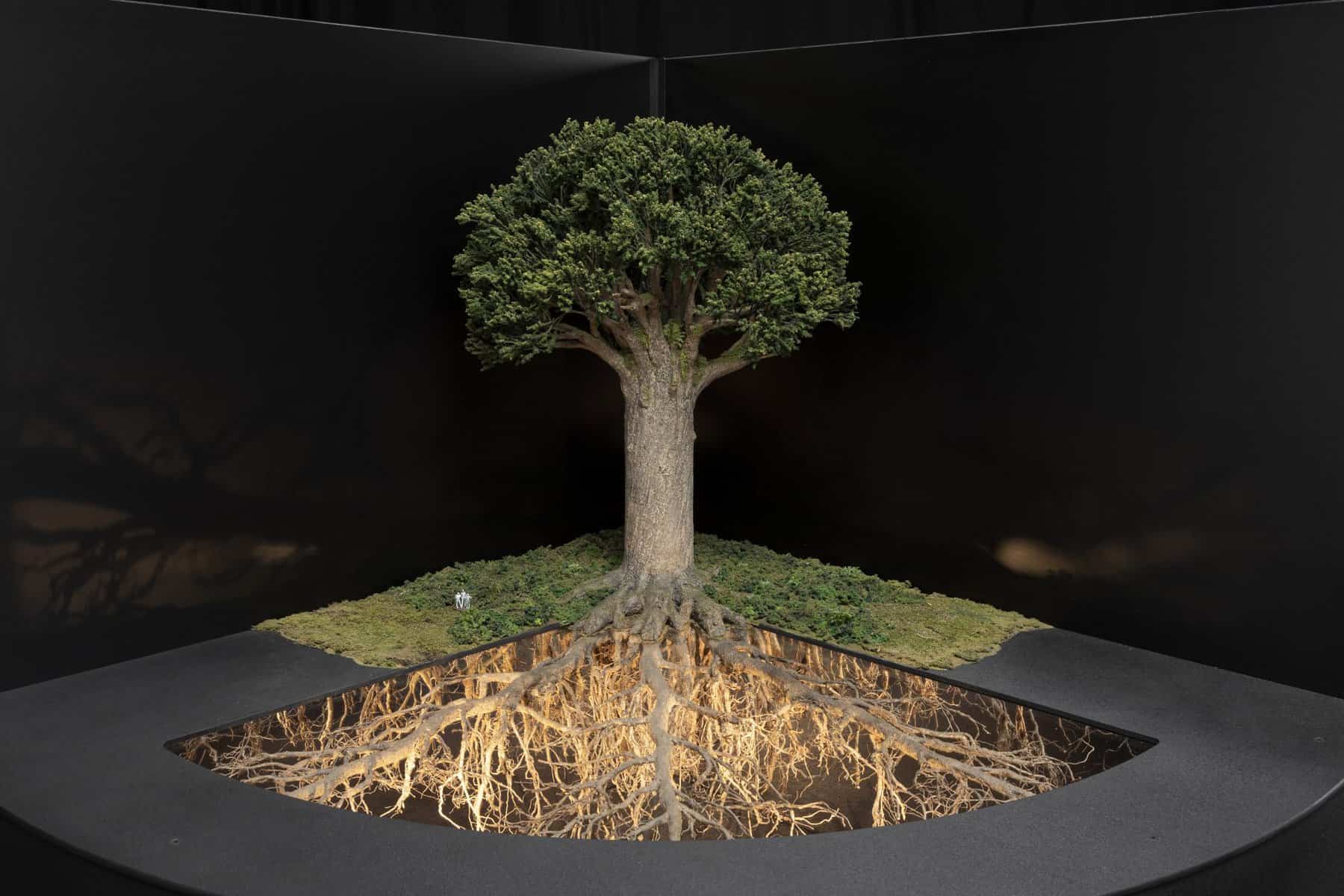Phytophthora agathidicida: research progress, cultural perspectives and knowledge gaps in the control and management of kauri dieback in New Zealand
Kauri (Agathis australis), which is one of the world’s largest and longest-living conifer species, is under threat from a root and collar dieback disease caused…











